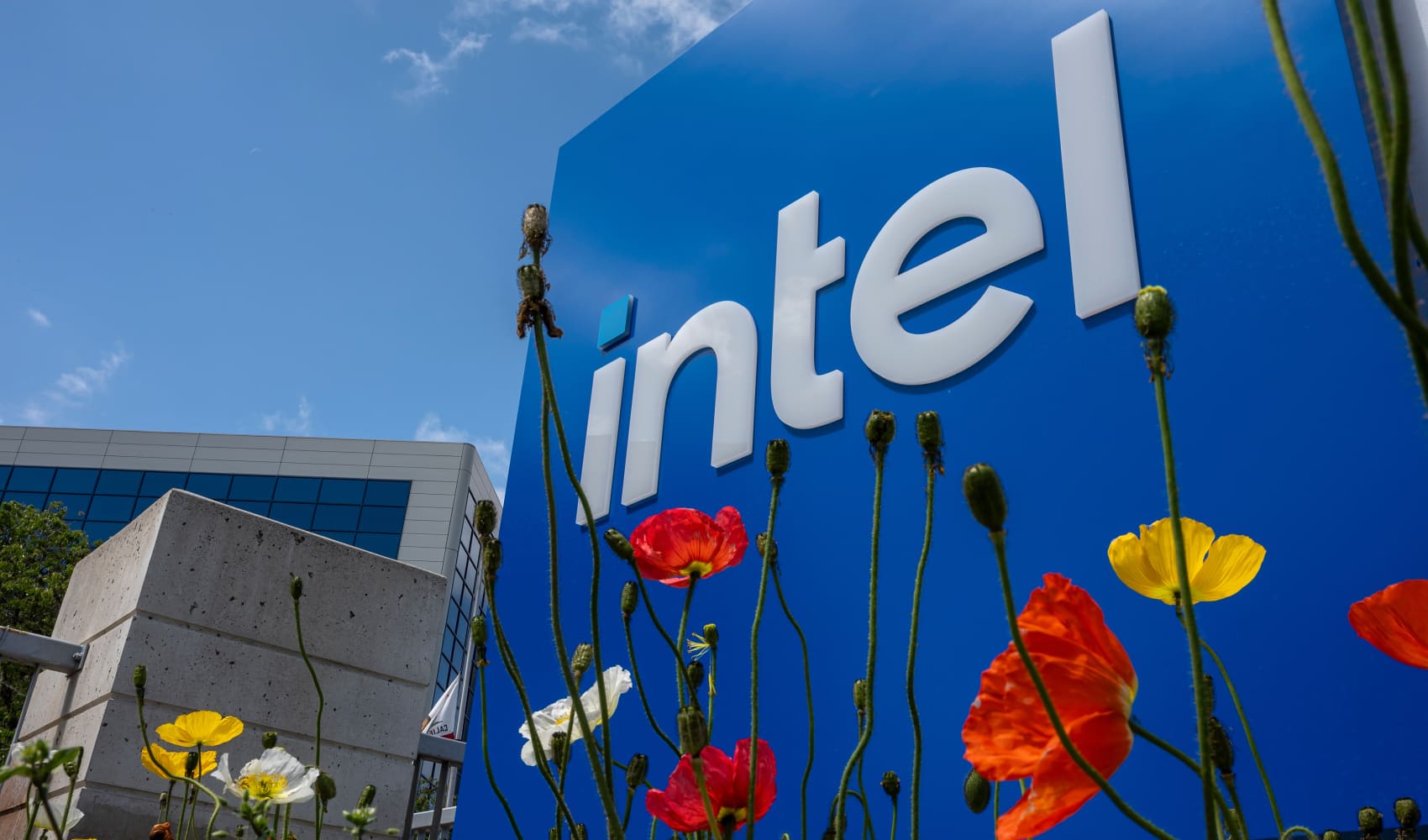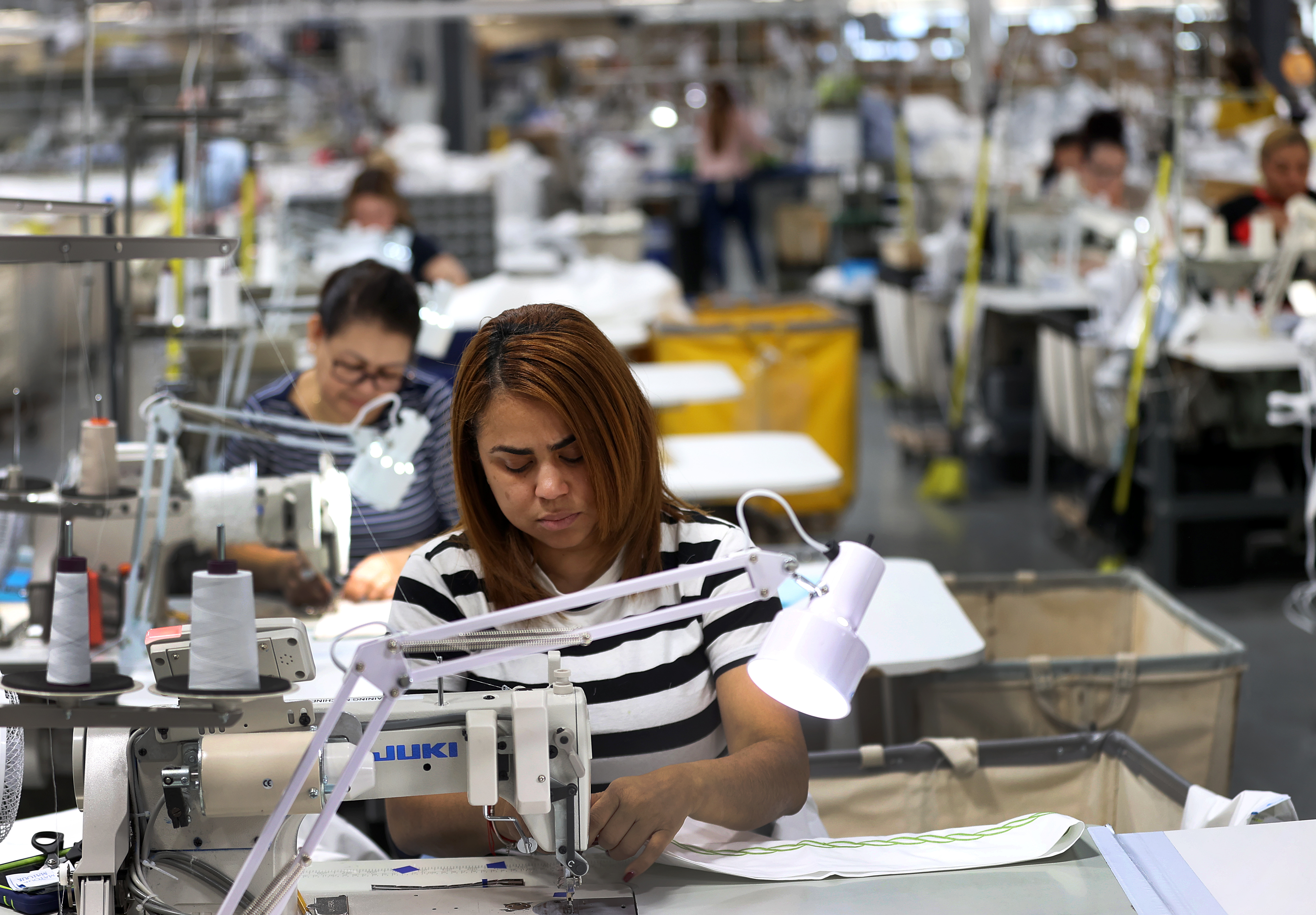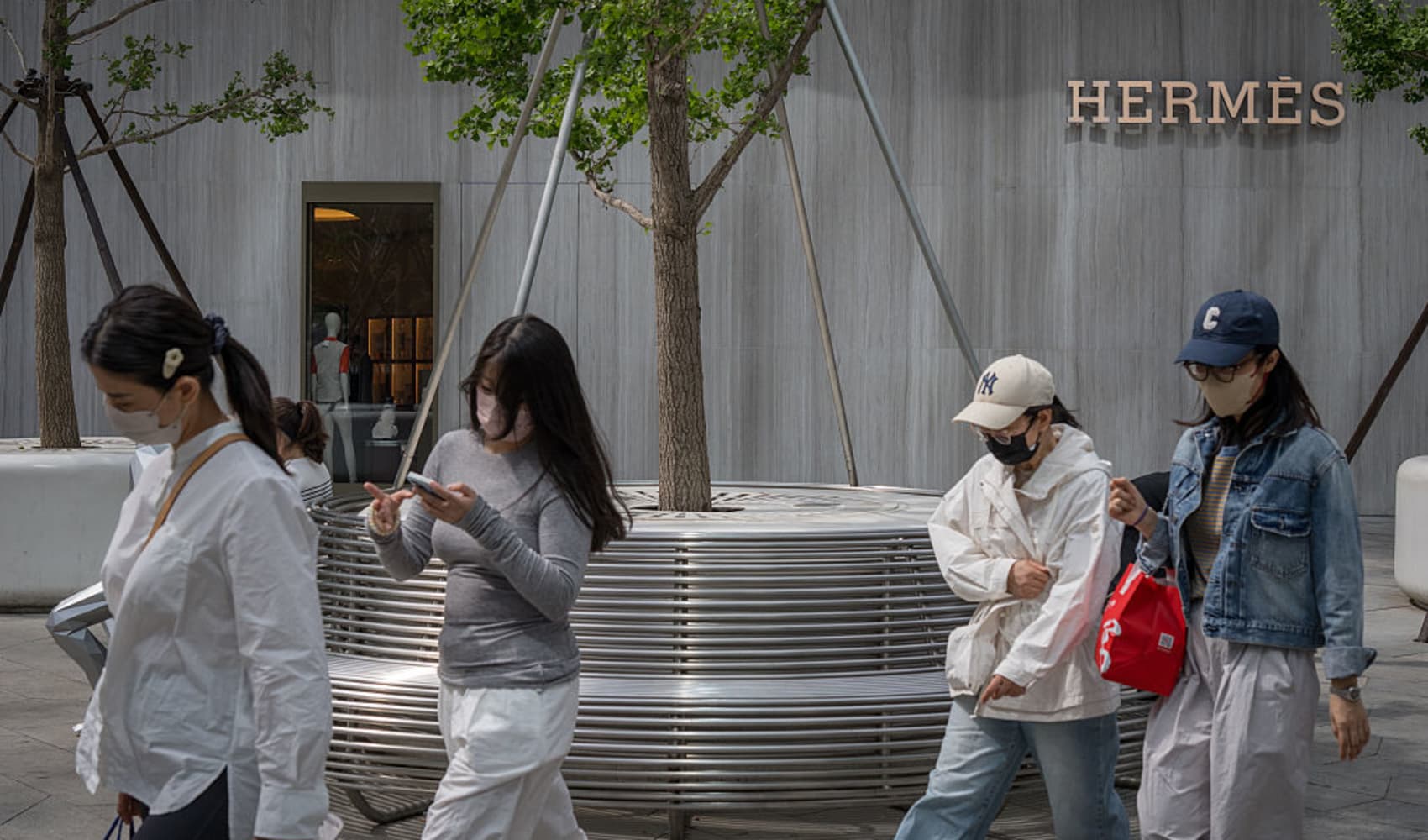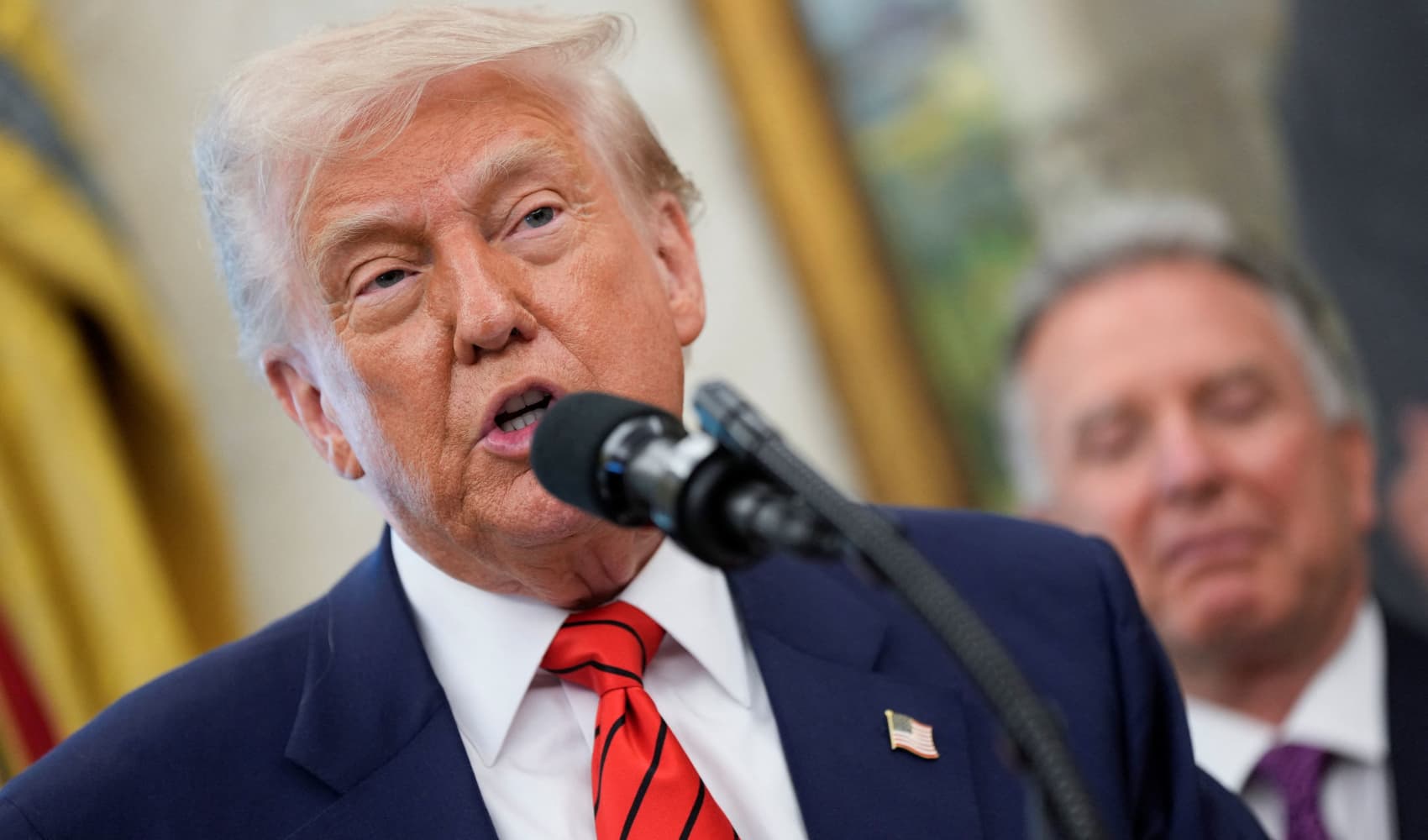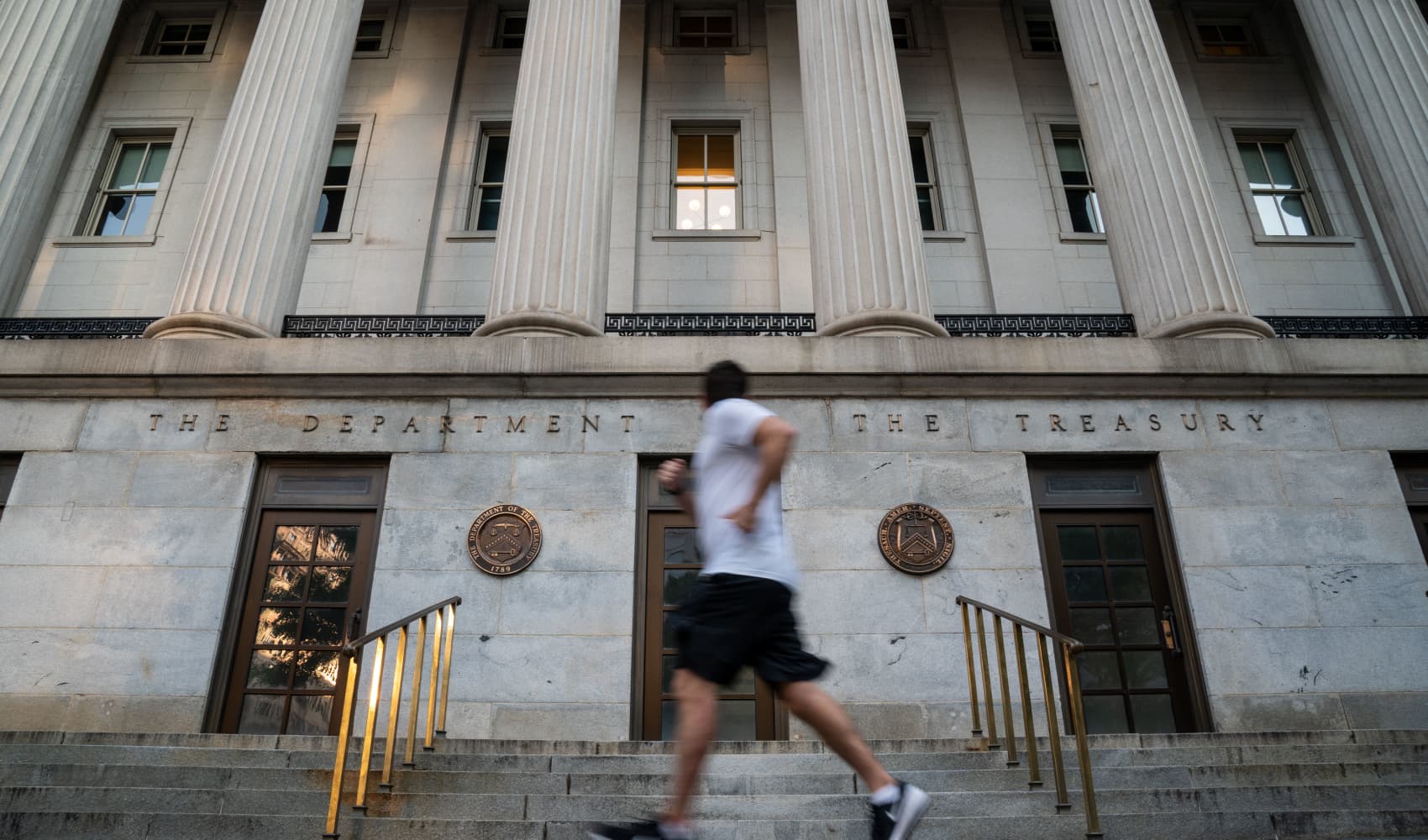Tariffs Trigger Recession Fears: Intel CFO Sounds Alarm
Intel Sounds the Alarm: Tariffs Fuel Recession Fears
Introduction: Are Economic Storm Clouds Gathering?
The global economy has been walking a tightrope for a while now, hasn't it? With inflation still a concern, and geopolitical tensions simmering, many are wondering if we’re headed for a downturn. Now, a major player in the tech world, Intel, is adding its voice to the chorus of concern. Intel CFO David Zinsner recently warned that tariffs and trade disputes are increasing the probability of an economic slowdown, making a recession a distinct possibility. What does this mean for you, your investments, and the overall economic landscape? Let's dive in.
Intel's Q1 Performance: A Temporary Boost?
Intel recently reported better-than-expected first-quarter results. That sounds like good news, right? Well, here's the catch: part of this success, according to the company, was due to customers stockpiling chips in anticipation of potential tariffs. Think of it like stocking up on toilet paper before a predicted shortage – a temporary surge in demand fueled by fear of future disruption. This stockpiling effect creates an artificial demand that is not sustainable.
The Tariff-Driven Demand Spike
This pre-emptive buying spree highlights the immediate impact of tariffs. Businesses are scrambling to mitigate the potential costs of these taxes on imported goods, which can ultimately translate to higher prices for consumers and reduced profit margins for companies. It's like a game of economic chess, with everyone trying to anticipate the next move and protect their position.
Revenue Forecast: A Wide Net of Uncertainty
Looking ahead, Intel's revenue forecast included a "wider than normal" range. What does that mean? It's essentially a hedging of bets. The company acknowledges significant uncertainty in the market, largely due to the unpredictable nature of tariffs and trade policies. It's like trying to predict the weather with only half the data – you can make an educated guess, but the margin for error is much larger.
The Ripple Effect of Uncertainty
This uncertainty isn't just affecting Intel. It ripples through the entire supply chain, impacting suppliers, manufacturers, and ultimately, consumers. When businesses are unsure about future costs and demand, they become more hesitant to invest, hire, and expand, which can slow down economic growth. It's a domino effect, starting with tariffs and leading to wider economic consequences.
Zinsner's Warning: Recession Probability on the Rise
Here's the crux of the matter: Intel CFO David Zinsner explicitly stated that "fluid trade policies" and regulatory risks "have increased the chance of an economic slowdown, with the probability of a recession growing." This isn't just idle speculation; it's a calculated assessment from a key financial decision-maker at a global technology giant. His words carry weight because they are rooted in real-time market data and financial analysis.
Decoding "Fluid Trade Policies"
When Zinsner mentions "fluid trade policies," he's referring to the ever-changing landscape of international trade agreements, tariffs, and trade disputes. It’s like trying to navigate a maze that keeps shifting its walls. This volatility makes it incredibly difficult for businesses to plan for the future and can lead to increased costs and reduced efficiency.
Tariffs: A Tax on Consumers and Businesses
Let's be clear: tariffs are essentially taxes. They are imposed on imported goods, and these costs are often passed on to consumers in the form of higher prices. For businesses, tariffs can increase the cost of raw materials and components, making it more expensive to manufacture goods. This can lead to lower profits, reduced investment, and ultimately, job losses.
The Case of the Semiconductor Industry
The semiconductor industry is particularly vulnerable to tariffs because it relies on a complex global supply chain. Chips are designed in one country, manufactured in another, and assembled in a third. Tariffs disrupt this intricate process, adding costs and inefficiencies at every stage. It’s like adding hurdles to a race – it makes it more difficult to reach the finish line.
Retaliation: A Vicious Cycle of Trade Wars
Tariffs often lead to retaliation from other countries, resulting in a vicious cycle of trade wars. When one country imposes tariffs on another, the affected country is likely to retaliate with its own tariffs. This tit-for-tat approach can escalate quickly, harming businesses and consumers on both sides. It's like a playground fight that spirals out of control.
The Impact on Global Trade
These trade wars can disrupt global trade flows, leading to inefficiencies and higher costs. Companies may be forced to find alternative suppliers, which can be time-consuming and expensive. It also fosters a climate of uncertainty and distrust, making it more difficult for businesses to collaborate and innovate. It's like throwing sand in the gears of the global economy.
Beyond Tariffs: Regulatory Risks on the Horizon
Zinsner also mentioned "regulatory risks" as a contributing factor to the increased likelihood of an economic slowdown. This refers to the potential for new regulations that could impact businesses, such as environmental regulations, labor laws, or data privacy regulations. While some regulations are necessary to protect consumers and the environment, they can also increase compliance costs and reduce business flexibility.
Navigating the Regulatory Maze
Navigating the complex web of regulations can be a significant challenge for businesses, especially small and medium-sized enterprises (SMEs). Compliance costs can be burdensome, and the risk of non-compliance can lead to fines and penalties. It's like trying to find your way through a maze without a map.
The Broader Economic Implications
The concerns raised by Intel's CFO highlight the broader economic implications of trade wars and regulatory uncertainty. These factors can dampen business investment, reduce consumer spending, and ultimately slow down economic growth. It's a perfect storm of economic headwinds.
The Role of Consumer Confidence
Consumer confidence is a key driver of economic growth. When consumers are confident about the future, they are more likely to spend money, which boosts demand and encourages businesses to invest. However, when consumers are worried about the economy, they tend to cut back on spending, which can lead to a slowdown. It’s a self-fulfilling prophecy, with sentiment driving behavior.
Potential Scenarios: What Could Happen Next?
So, what could happen next? There are several possible scenarios. One is that trade tensions ease, and tariffs are reduced, leading to a rebound in global trade. Another is that trade wars escalate further, leading to a prolonged period of economic stagnation. A third possibility is that governments take steps to mitigate the impact of tariffs and regulatory uncertainty, such as providing support to affected businesses or investing in infrastructure.
The Importance of Government Policy
Government policy plays a crucial role in shaping the economic landscape. Policymakers can use a variety of tools, such as fiscal policy (government spending and taxation) and monetary policy (interest rates and money supply), to influence economic activity. The key is to strike a balance between supporting economic growth and managing risks.
Preparing for Uncertainty: What Can You Do?
In times of economic uncertainty, it's important to be prepared. This means taking steps to protect your finances, such as diversifying your investments, reducing your debt, and building an emergency fund. It also means staying informed about economic developments and making informed decisions based on your individual circumstances. Knowledge is power, especially in uncertain times.
Financial Prudence: A Safety Net for Tough Times
Having a financial safety net can provide peace of mind and help you weather any economic storms. This includes having enough savings to cover several months of expenses, as well as a plan for how to manage your finances in the event of a job loss or other financial hardship. It's like having an umbrella on a rainy day – it provides protection and comfort.
Conclusion: Navigating the Economic Maze
Intel CFO David Zinsner's warning about the increased likelihood of a recession due to tariffs and regulatory risks serves as a stark reminder of the challenges facing the global economy. While the future remains uncertain, understanding the potential risks and taking proactive steps to prepare can help you navigate the economic maze. Stay informed, stay vigilant, and remember that even in tough times, opportunities can arise.
Frequently Asked Questions (FAQs)
Here are some frequently asked questions about the potential impact of tariffs on the economy:
- What exactly are tariffs, and how do they work? Tariffs are taxes imposed on imported goods. They increase the cost of these goods, making them more expensive for consumers and businesses.
- How do tariffs impact consumers directly? Tariffs often lead to higher prices for imported goods, which can reduce consumers' purchasing power and impact their standard of living.
- What industries are most vulnerable to the impact of tariffs? Industries with complex global supply chains, such as the semiconductor, automotive, and electronics industries, are particularly vulnerable.
- What are some strategies businesses can use to mitigate the impact of tariffs? Businesses can diversify their supply chains, negotiate with suppliers, or absorb some of the tariff costs to maintain competitiveness.
- What is the role of governments in addressing the economic impact of tariffs? Governments can negotiate trade agreements, provide support to affected businesses, and implement policies to stimulate economic growth.
